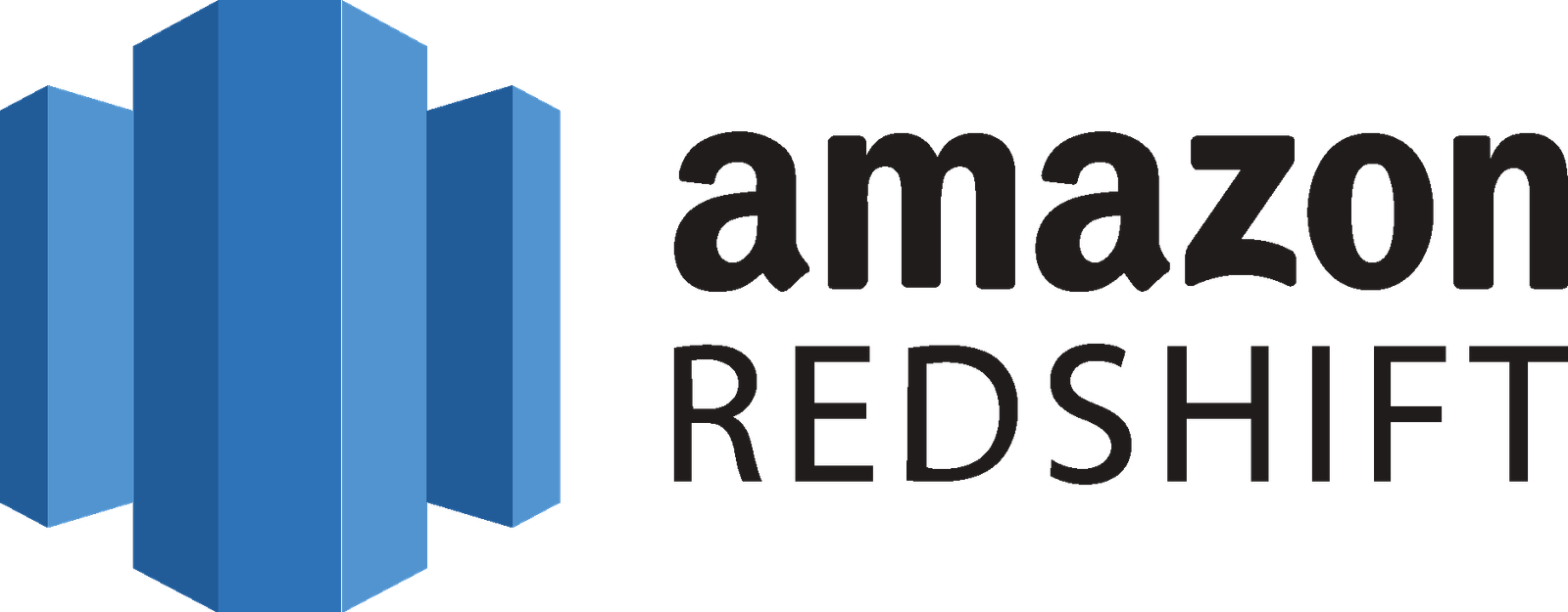Prodhee Technologies designs, engineers, and launches games across mobile, PC,console, and cloud—from playable prototypes to live-ops franchises.We combineplayer-first design, robust engineering, and data-led live operations so you shipfaster, scale reliably, and turn engagement into revenue.From concept and MVP tolive-ops, we deliver measurable outcomes: shorter pre-production, faster useracquisition payback, higher retention, and predictable monetization.
Prodhee
- Home
-
IT consulting Custom software development Smart Development teams Staff augmentation Digital transformation SAP Services Game Development DevOps as a Service Cybersecurity & AI-Driven Data IntelligenceApplied & GEN AIAgentic AI Computer Vision Generative AI LLM Fine Tuning LLM Model Evaluation Model Context Protocol Development Natural Language Processing Retrieval Augmented GenerationInternet of Things (IoT)IoT Consulting & Strategy Industrial IoT (IIoT) Smart City & Smart Home Solutions IoT Device & Sensor Integration IoT Data AnalyticsCloud Computing & AI InfrastructureCloud Migration & Modernization AI/MLOps (Machine Learning Operations) Serverless Computing Data Warehouse & Data Lake Solutions Cloud Security & Compliance
-
Business SolutionsHuman Resource Management Software Parking Management System Time Management System Real Estate Management System Clockify Pro Time Management SystemSpecialized PlatformsCrypto Trading Platform QR Pay Betting exchange Home service management system Stock Management SystemIndustry ProductsJob Recruitment Platform Ads Network Digital Marketing Platform Parkmepro car-parking platform Video Streaming Portal Remittance Money Transfer SolutionProduct InnovationOnline Learning Management System QRPay Agent Baby and Pet Sitting Services Platform Telemarketing Voip Service Advanced Hyip Investment Software
- Insights
- Contact Us
Game Development
Build captivating games that players keep coming back to
A few organizations we’ve helped












What is Game Development?
Custom Software Development involves designing, building, and deploying tailored digital solutions—from web platforms and mobile apps to embedded systems and enterprise-class SaaS—crafted to serve your unique challenges and business goals.
- Design-first systems — Player journey, retention loops, and economy design that reward skill and repeat play.
- Playable Prototypes — Fast validation of mechanics and core loops before large investments.
- Scale-ready Engineering — Deterministic rollback, netcode, and autoscaling matchmaker/backends.
- Live-ops & Monetization — Events, A/B experimentation, and telemetry to grow LTV responsibly.
Why Choose Prodhee for Game Development
Player-obsessed design. We measure success in engagement curves (D1/D7/D28), ARPDAU/ARPPU, and organic uplift — not vanity installs. Engine-agnostic execution. Unity, Unreal, Godot — we pick the right tech for the experience and target platform. Live-ops as a service. Roadmaps built for events, content cadence, and retention experiments. Robust backend & ops. Scalable matchmaking, anti-cheat patterns, telemetry, and cost-aware cloud hosting. Studio-friendly IP practices. Clear asset ownership models, modular pipelines, and transfer-ready repos.
Our Game Development Services
Concept & Value Blueprinting
Validate player personas, retention hooks, monetization hypotheses, and production budgets.
Deliverables: concept bible, KPI model (D1/D7/D28, retention, ARPU), production roadmap, playable design doc.
Prototyping & MVP
- Rapid playable prototypes to test core mechanics, controls, and fun loops across device targets.
- Deliverables: playable build, test metrics, design iteration backlog, prototype report.
Full Production
End-to-end production: narrative, level design, character art, animation, performance optimization, and engine engineering.
Deliverables: game builds (alpha → release), art pipeline, animation rigs, performance budget, optimization report.
Backend, Live-Ops & Cloud Services
Deterministic client prediction, lag compensation, authoritative servers, matchmaking, and regional scaling.
Deliverables: netcode architecture, matchmaker config, server deployment blueprints, anti-cheat integrations.
Audio & SFX, FMOD/Wwise Integration
Cloud-hosted services for matchmaking, leaderboards, player profiles, progression, payments, and dynamic content.
Deliverables: backend APIs, infra-as-code, content pipeline, feature toggles, live-ops dashboard.
QA, Compliance & Certification
Functional, compatibility, certification (console/console parity), accessibility, and compliance testing.
Deliverables: test matrices, compliance checklists, certification-ready build, bug backlog with severity SLAs.
Delivery Models
Discovery & Prototype
3–5 week engagement to align on vision, build a clickable prototype, define roadmap and delivery estimate.
End-to-End Product Delivery
Agile delivery of MVP or full solution, handled by cross-functional delivery pods (product, design, engineering, QA, DevOps).
Team Extension
Embed our squads into your organization—front-end, backend, QA, or DevOps engineers to fill gaps and accelerate delivery
Managed Product Evolution
We continue to support, enhance, and operate your product post-launch—feature development, optimizations, and support
Virtual Product Leader
Need product advising but can’t hire full-time? Get strategic vision, backlog prioritization, UX audits, and execution oversight.
Tech Stack & Partnerships




Our Tech Stack Expertise
Engines & Runtime
Unity (DOTS, URP/HDRP), Unreal Engine (Nanite/Lumen), Godot
Client Tech
C#, C++, Blueprints, GDScript, HLSL/GLSL, WASM for web builds Art & Tools: Blender, Maya, Substance Painter, Spine, Texture Atlases, Lottie for UI
Audio & Middleware
FMOD, Wwise, adaptive music systems
Networking & Backend
Photon, PlayFab, Nakama, AWS GameLift, Google Cloud Game Servers, WebRTC for real-time comms
Frequently Asked Questions
1
What’s the safest place to start a new game project?2
How do you avoid scope creep during production?We lock a Minimum Delightful Product (MDP), run strict sprint reviews, and gate scope changes to metric-backed business cases. Feature flags let us ship without blocking.
3
How quickly can we see retention signals?Prototype and small closed beta tests typically show leading retention signals (D1/D7) within 2–6 weeks. Monetization signals take longer and are validated via A/B tests.
1
How do you protect IP and assets?We use NDA, clear asset ownership clauses, and transfer-ready repos. For co-dev: modular asset packs, documented pipelines, and licensing terms up front.
2
Do you support live-ops and post-launch content?Yes — we run event calendars, telemetry-driven experiments, and content pipelines to sustain retention and revenue.
3
Can you handle cross-platform launches (mobile + console + PC)?Yes. We plan for platform parity early, maintain platform-specific performance budgets, and manage certification workflows for console launches.
Contact
Let’s discuss how we can support your journey.
